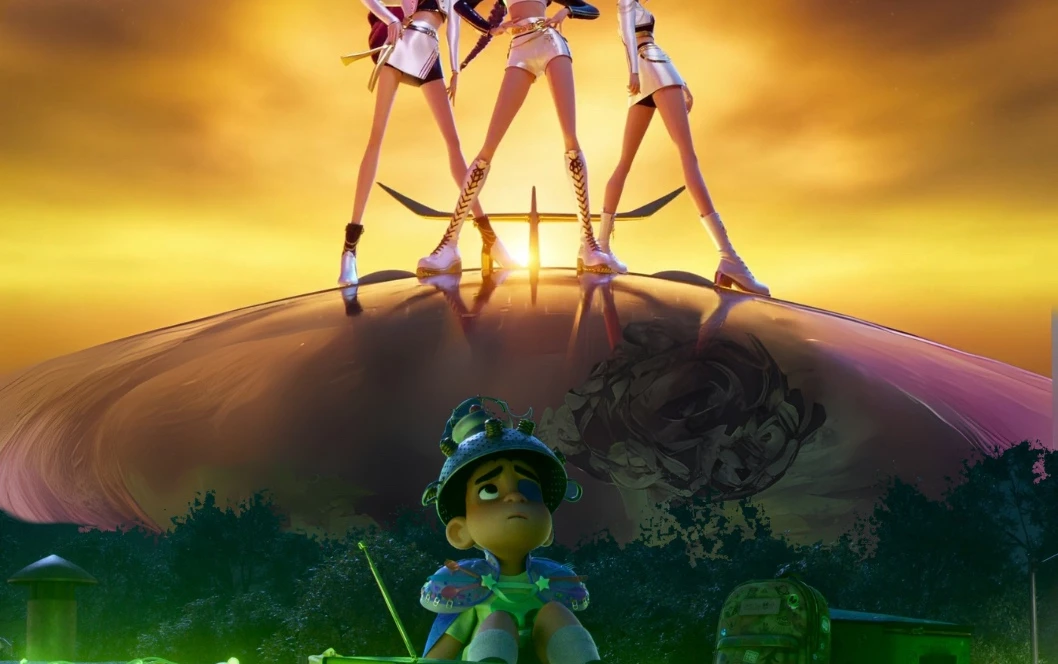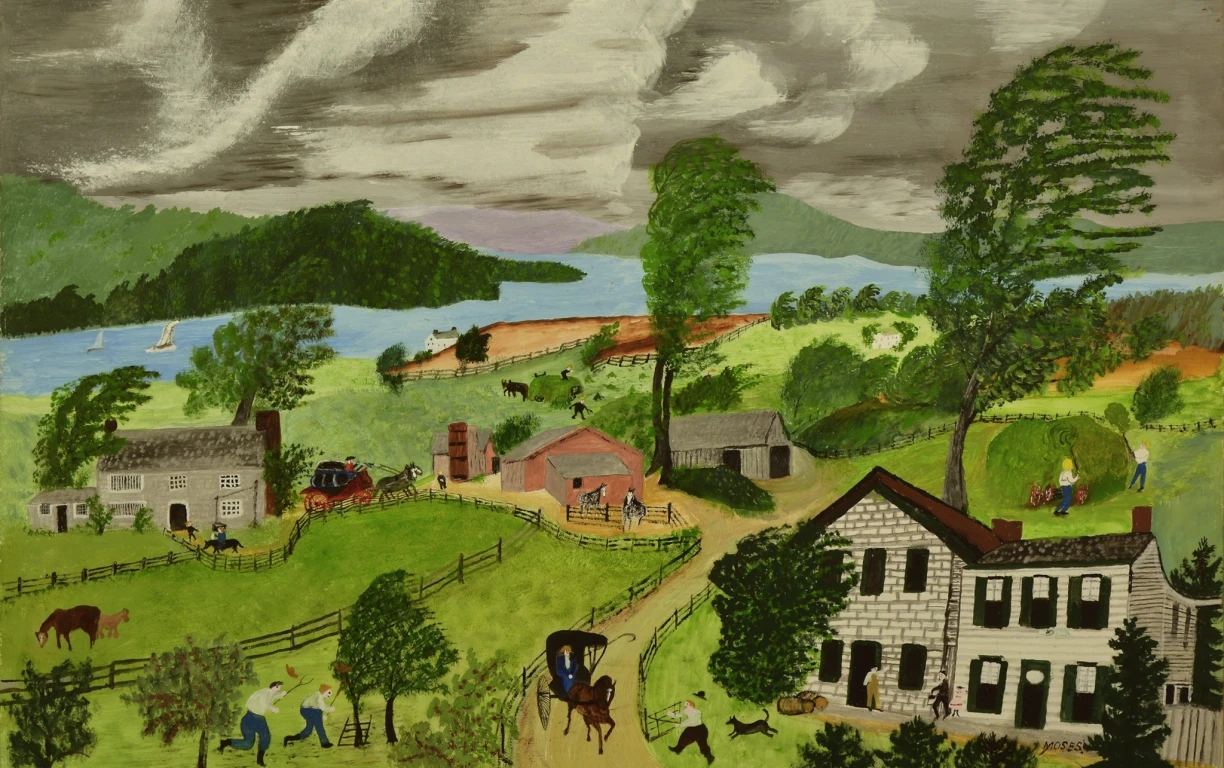By now, you’ve probably heard of K-Pop Demon Hunters, the animated movie recently released on Netflix. It has taken the internet by storm—sparking an explosion of fan art, video essays, dance challenges, think pieces, and edits across social media. To top it off, the film’s infectious K-pop-inspired soundtrack is topping charts in several countries.
At the same time, Pixar quietly released a brand-new original feature in theaters: Elio. If you haven’t seen it—or even heard of it—you’re not alone. The film has already been labeled one of Pixar’s most underwhelming releases, both critically and commercially.
Yes, Elio has inspired some discussion online—but not for the right reasons. The dominant conversation revolves around how Pixar, once the undisputed king of animation, has failed to stay relevant. The studio has been on a losing streak since 2020, and now it’s being outshined by an unexpected viral hit that didn’t even receive a theatrical release or traditional marketing.
So the obvious, and painful, question arises:
What is Pixar doing wrong?
Why—aside from Inside Out 2—hasn’t the studio produced a clear hit in the last five years?
You’ll find a range of explanations circulating online:
– The pandemic hurt box office numbers by pushing Pixar titles directly to Disney+.
– Corporate interference from Disney prioritizes sequels over originality.
– Backlash over representation and politicized content.
– A visual style that, to some, feels increasingly bland or overly familiar.
All of these are valid concerns. But the Elio vs. K-Pop Demon Hunters comparison points to something deeper—and perhaps more uncomfortable for Pixar to confront:
They’ve lost touch with their audience.
Executive producer Eric Calderon made this argument in a video on his channel Surviving Animation, where he broke down the two films from a business and marketing perspective. Both titles were released with minimal promotion. Yet K-Pop Demon Hunters instantly caught fire, while Elio faded quietly into the background.
Calderon highlights an important detail: the title itself. Elio continues Pixar’s trend of one-word, minimalist titles that offer little insight into the story. By contrast, K-Pop Demon Hunters tells you everything you need to know upfront—it’s about K-pop stars who fight demons. It’s absurd, bold, on-trend, and undeniably attention-grabbing—reminiscent of the long, descriptive anime titles that have become popular online.
Even the basic pitch reveals a contrast. Elio centers on a lonely, misunderstood boy who travels to outer space and finds his place in the universe—a story that, while sweet, doesn’t sound particularly fresh or exciting. Meanwhile, K-Pop Demon Hunters combines two massively popular but unrelated concepts—demon hunting and K-pop—into something ridiculous but intriguing. It’s playful and unpredictable in a way Elio simply isn’t.
Calderon also notes a stark difference in design and visual appeal. While Elio maintains Pixar’s high production values and signature polish, its aesthetics feel too safe. Elio’s own design—mismatched cape, colander-style helmet, chunky boots—may be intended as charming or quirky, but it comes across more like how adults view children than how children see themselves. It’s not a costume kids aspire to wear; it’s not something they want to embody.
In contrast, K-Pop Demon Hunters features stylish, colorful characters clearly influenced by anime and K-pop aesthetics. These are characters fans want to dress up as, draw, and turn into memes. Add in the instantly iconic “derpy tiger,” and the film’s visual language speaks directly to internet-savvy audiences who crave expression, color, and energy.
And here’s the thing: Pixar has tried to engage with trends. Turning Red leaned into anime influence, and Elioincludes a kawaii computer character that looks like a Squishmallow. The studio has experimented with Marvel-style quippy humor and self-referential dialogue. But often, these attempts feel like they’re coming from creators still stuck in the 2010s—millennials chasing an idea of “what’s cool” that may no longer apply.
The issue isn’t trend-chasing—it’s cultural disconnect. Pixar needs to step back and re-evaluate not just its stories, but how those stories are being told, presented, and marketed in today’s media landscape. That means breaking away from familiar formulas, rethinking what resonates, and paying closer attention to how audiences—especially younger ones—are engaging with content.
Meanwhile, other studios like DreamWorks and Sony never had the pressure of being placed on a pedestal. That gave them room to experiment, fail, adapt, and grow. Over time, they’ve emerged as creative leaders in the industry. Films like Spider-Man: Into the Spider-Verse, Puss in Boots: The Last Wish, and now K-Pop Demon Hunters are pushing the boundaries of animated storytelling both visually and conceptually.
Pixar, in contrast, has become too comfortable. Too formulaic. Even when it strays from its comfort zone, it often does so cautiously, without truly breaking new ground.
This aligns with something frequently mentioned in interviews and Disney+ documentaries: Pixar believes every story must have an emotional core. And while that’s been part of its strength, it has also become a constraint. When every film is expected to deliver a tear-jerking, life-affirming message, audiences begin to anticipate the formula. If the emotion doesn’t hit hard enough, the story is seen as a failure. The line between “heartfelt” and “manipulative” becomes blurred.
And somewhere along the way, Pixar seems to have forgotten a core truth:
Animation should be fun.
Instead, many recent Pixar films feel heavy-handed—more interested in delivering a message than telling an engaging story. Lightyear, for example, appeared to prioritize ideological themes over plot, pacing, or audience connection. With Elio, even its moments of humor are wrapped in a film that feels more like a lecture on emotional openness than a space adventure.
It’s not just about themes or representation—it’s about how stories are structured, characters are designed, and humor is delivered. Pixar seems to have drifted into making films for a specific internal audience, rather than speaking to the broader public with fresh energy and playfulness.
What made Pixar magical in the beginning was its ability to tell deeply human stories—simple but profound, relatable yet imaginative, emotional yet entertaining. Films like Toy Story, Finding Nemo, and The Incredibles worked not because they aimed to change the world, but because they reflected it through honest, compelling storytelling that audiences of all ages could enjoy.
Conclusion: Time for a Creative Reboot
What K-Pop Demon Hunters reminds us—and what Sony and DreamWorks have never forgotten—is that audiences want to have fun. They want to laugh, cheer, dance, and escape. They want visual spectacle, relatable characters, and bold creative swings.
Pixar doesn’t need to abandon emotional depth or its signature storytelling DNA. But it does need to evolve. The studio must embrace risk again, not just in message or theme, but in form, tone, and energy. It needs to step outside its insular culture and reengage with what audiences are excited about today—not what worked a decade ago.
Because animation is not just a medium for moral lessons or emotional catharsis. It’s a space for imagination, chaos, absurdity, beauty, and joy.
And until Pixar remembers that…
They might just keep losing to demon-hunting pop stars.



